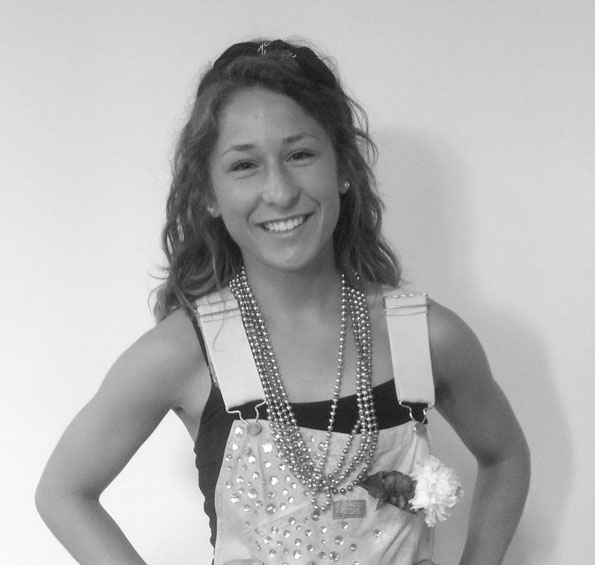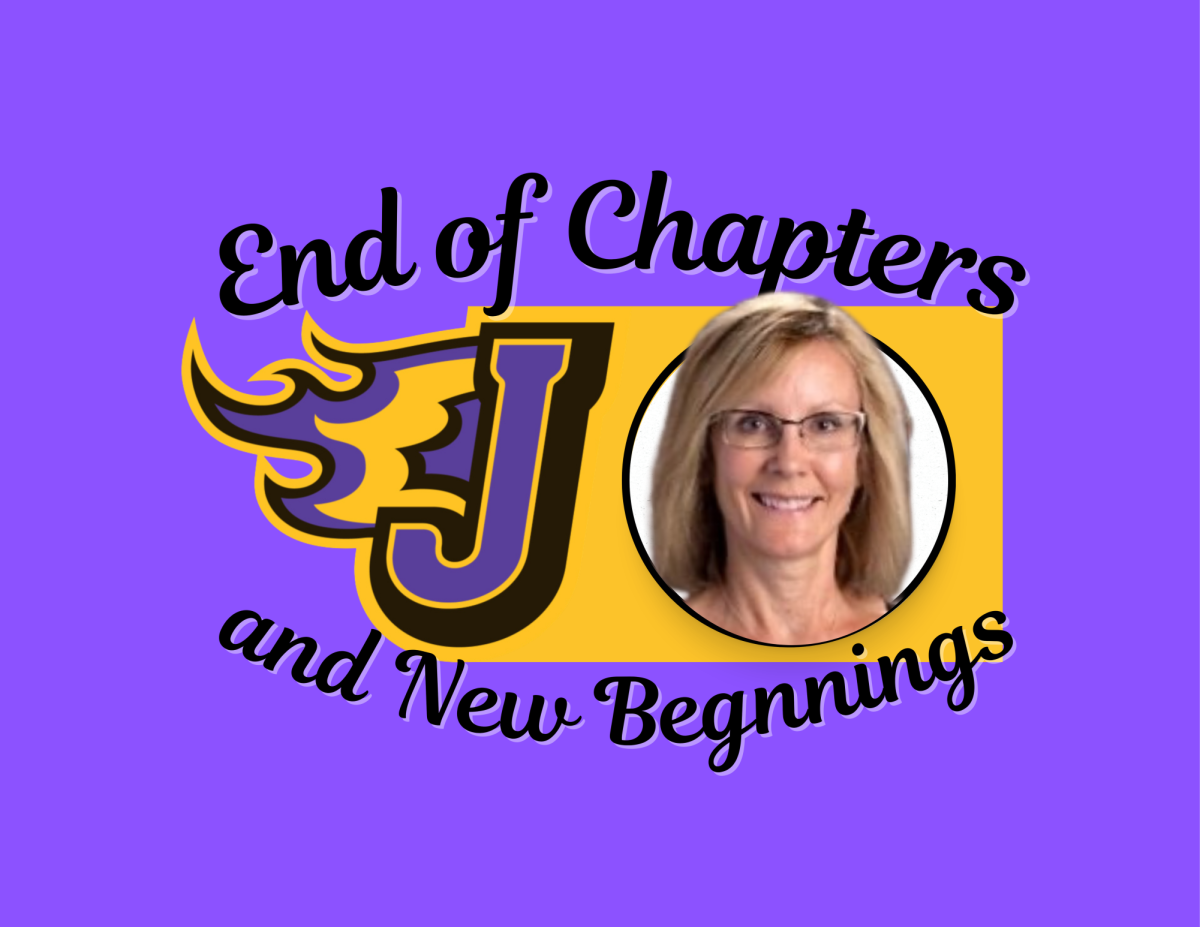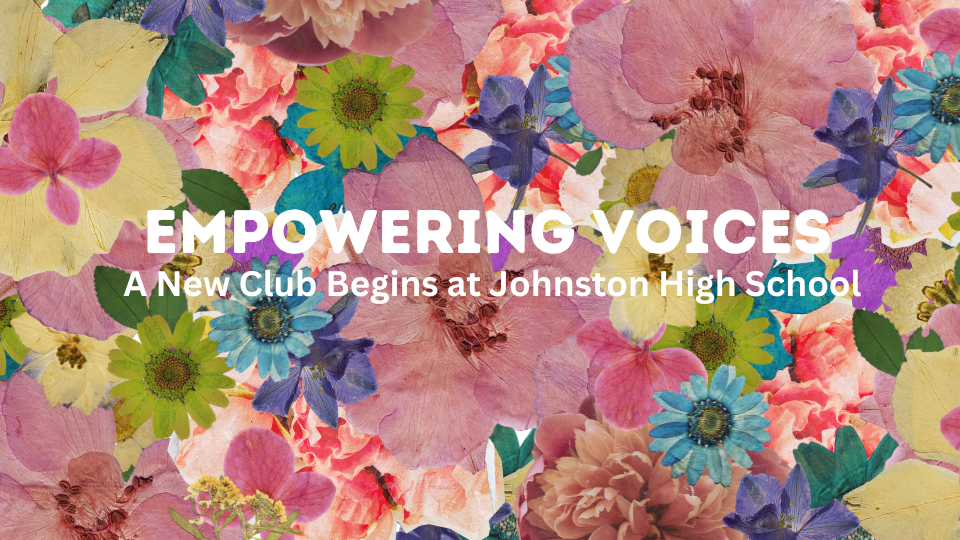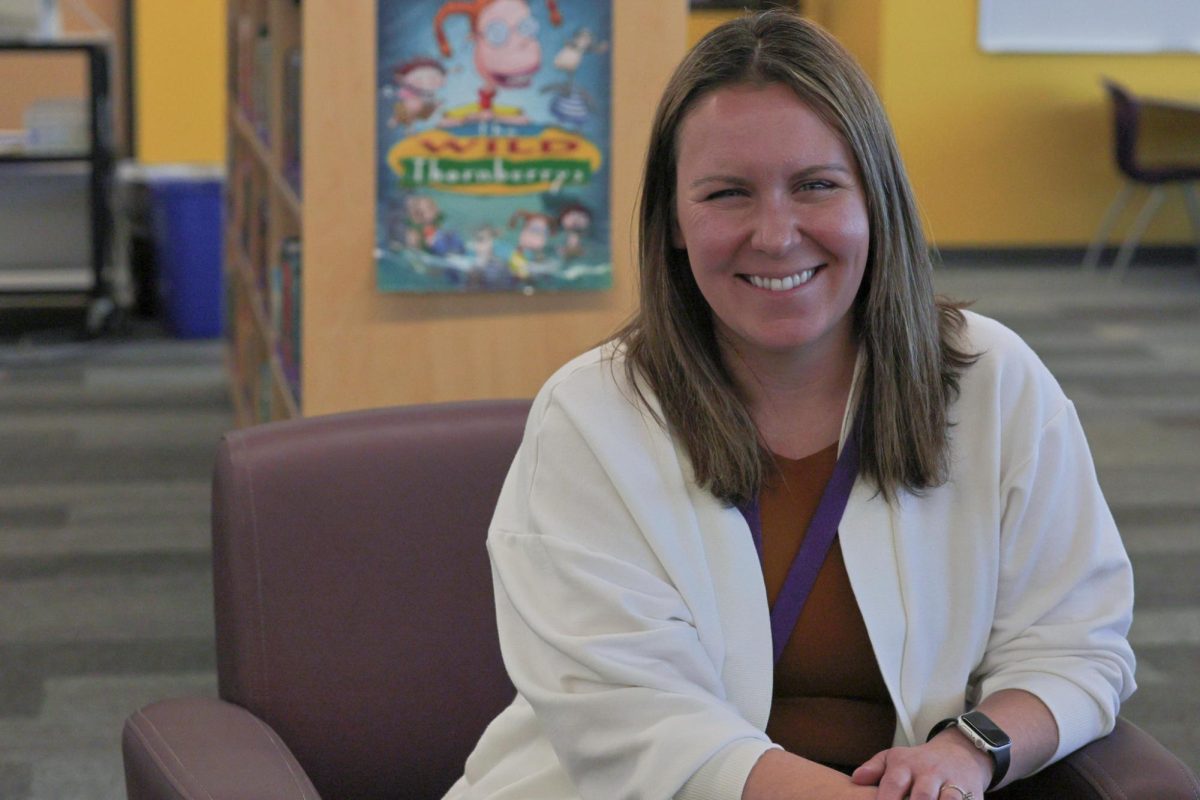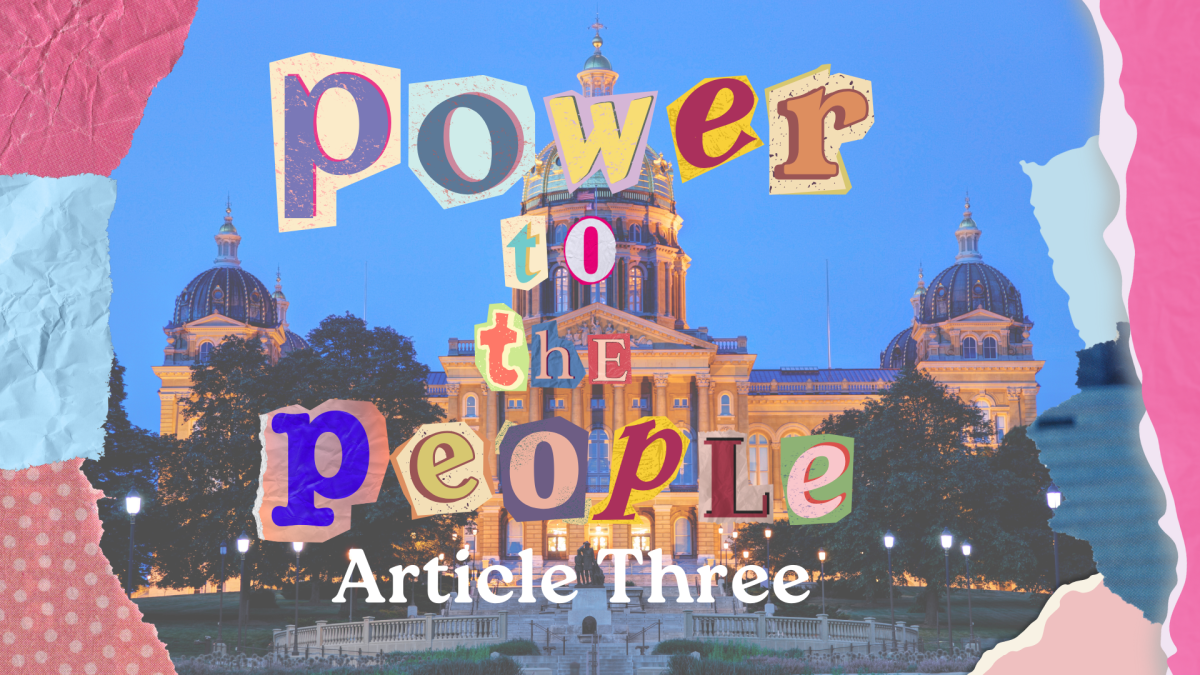Photo Art 2
Photo art classes are held at Johnston to help students with interests in photography to continue their art education. Photo Art 2, taught by Daniel Weiss, is a class that is offered to students who have completed Photo Art 1 and are interested in further expanding their art portfolio.
The current unit Photo Art 2 students are doing is the Individualized Unit project. This unit allows the students to explore any aspect of photography and create their own project to be later evaluated by Weiss.
The Individualized Unit requires a historic component, an anesthetic component, critical or evaluating component, and a production component.
“As much as I can I try to individualize outcomes,” Weiss said.
He sees this project as an opportunity for students with more advanced photography skills to seek out what interests them most. This freedom allows Photo Art 2 students to create works of art that reflect their personal interests and lets their creative individuality shine.
Richard Bui
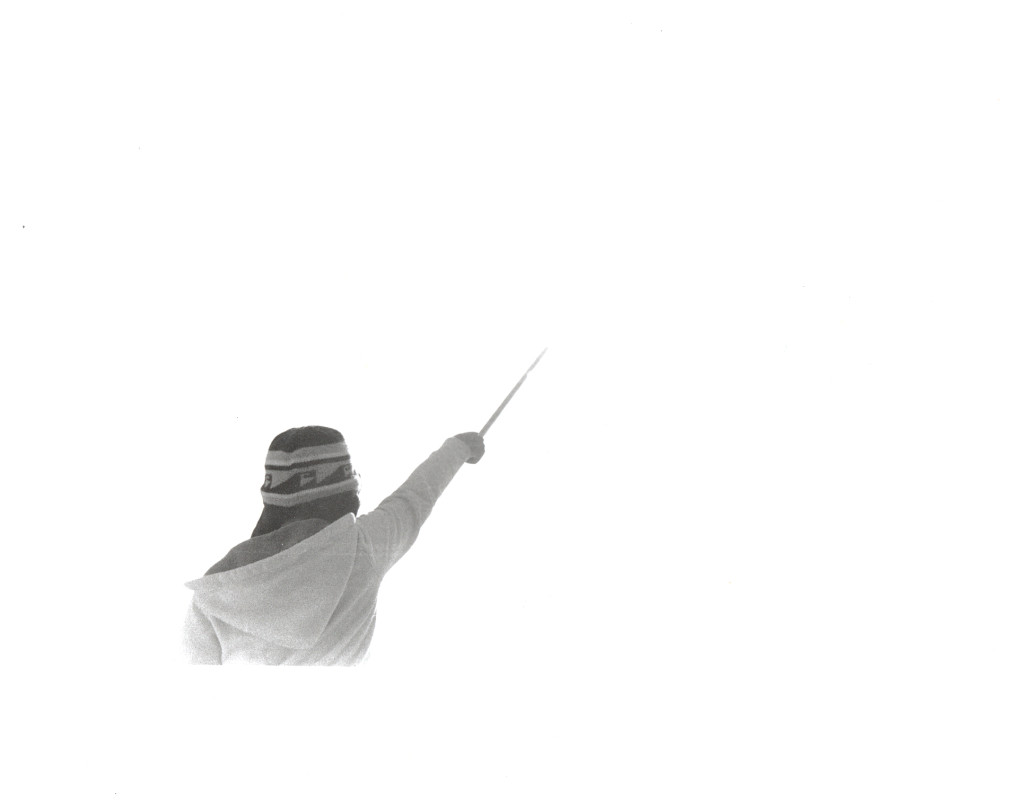
Senior Richard Bui doesn’t use a paintbrush or pencil to create art; instead, Bui captures it.
Previously taken Photo Art 1, Bui is currently taking Photo Art 2. As a part of the individual unit project, Bui chose to center his project around a French concept called “Contre-jour,” which can be translated as ‘against the light.’
Contre-jour is a method of photography where the camera is pointing directly at the source of light rather than coming from behind and lighting the subject’s face.
“This technique, when used correctly, can yield two results: an image where the object is silhouetted, which is when it’s all black and enhances the background,” Bui said, “and an image that gently lights the outline of the object, also known as rim lighting or ‘halo light’.”
The concept of Contre-jour intrigued Bui. He enjoyed how this concept allowed him to break basic rules of photography.
“As a photographer, I have always been taught and told to never ‘shoot into the light,’ but this subject allowed me to bend and break the rules a bit, which I really enjoyed,” Bui said.
For his project, Bui posed his younger brother in their front yard. In the photograph, Bui’s brother points towards the sky with a handmade sword crafted by Bui himself. To make the sword Bui used scrap pieces of wood found around his home.
“We were just in my driveway and people would drive by thinking ‘What are they doing?”, Bui said. “They thought we were crazy.”
To capture his picture, Bui pointed his camera’s lens directly at the sun resulting in a brightly lit photograph.
“If you look closely, you can see the outline of the sun reflecting off the tip of the sword,” Bui said.
He encourages students at JHS to get involved in the school’s art program, but believes the classes offered at JHS does not follow a “one size fits all” theme.
“Art, in whatever form it may be, is an interesting creative outlet that allows a person to truly understand themselves in a specific manner,” Bui said. “However, since an individual possess unique qualities, one should choose an art class because it interests them, not because someone else told them to.”
His belief on allowing students to choose for themselves which art classes to take still stays true, but Bui encourages anyone interested in photography to try photo art.
“The skills learned in photo art are practical and very rewarding,” Bui said, “if you’re willing to put in them time and effort.”
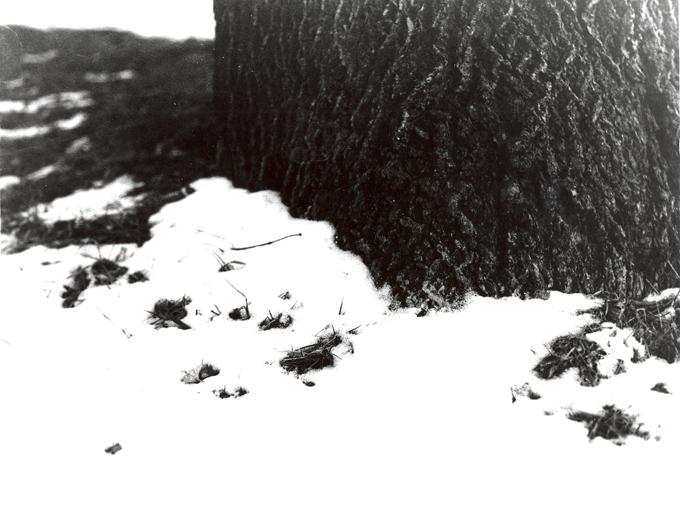
Senior Beau Johnson’s face is not a new one in Weiss’s art room; he has previously taken Design 1, drawing, Photo Art 1 and is also a service credit for Weiss. Continuing to add to his expanding art portfolio, Johnson currently takes Photo Art 2.
He has chosen to explore zone systems and contrasting textures as apart of his current project, which is to create a unit of his own that will be evaluating in the future by Weiss. In his unit, Johnson researched the zone systems created by Ansel Adams.
The zone system is a system that measures the amount of light that is exposed per unit of a photograph. By using the zone system, a photographer can control the darks and lights on a photo by quantitative measures ranging from one to 10 (one being pure black and 10 being pure white).
Johnson chose to take a picture of a tree in his front yard to be the subject of his project. The rough bark of the tree and soft snow helps emphasize different textures, and the dark bark contrasts with the white snow which plays the zone system.
Although content with his photograph, Johnson learned that a project is never “finished,” even after turing it in and further steps can be taken in order to improve work.
“I would like to make the contrasting greater,” Johnson comments.
Johnson chose one of his constraints to be able to capture a photo with all the values in it.
“This was an interesting project, most of the project we do are, because we were not sure where to go with it since there was so much that we could have picked,” Johnson said.
Creating his own unit was difficult at times, but like all of Weiss’s classes Johnson has learned more than he could hope for.
“[Mr. Weiss] has taught me that it takes hard work to get what you want and to get to where you want to be,” Johnson said.

